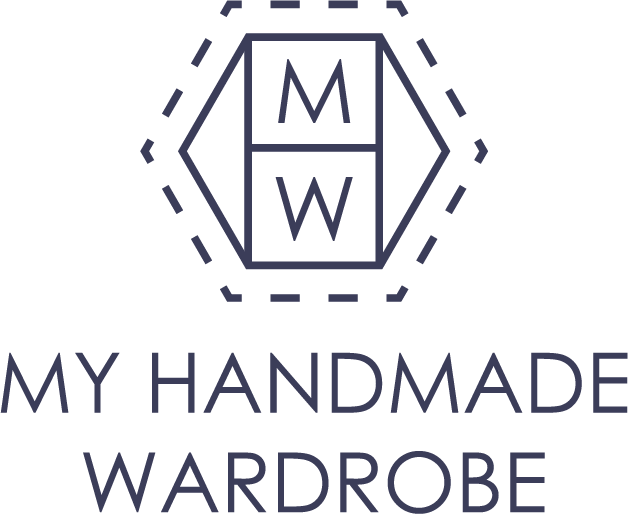How to… use your measurements to choose which pattern size to cut
When measuring yourself take some time to write the measurements down and put them somewhere easy to grab whenever you are preparing a pattern.
In the MHW instruction booklets we include a chart for you to fill in. Pop your measurement in, then find the nearest size on the size chart.
It is normally a good idea to round up so if you measure 102cm at the hip and the pattern measurements are 100cm or 105cm, you should choose the larger size. However, if the garment is fitted and you are going for a fitted look, especially if using a fabric with stretch, you might want to size down.
To check the pattern will fit in this case, you need to look at the finished garment measurements. These are what the garment will measure once it is sewn up with the specified seam allowance.
Often you will find there is a big difference between the finished garment measurements and your body measurements. This is called Ease. This is included to allow you to move when wearing the garment and to create the desired silhouette of the design.
Find out more about ease here!
To decide if the size you have chosen has the right amount of ease, take a tape measure and hold it around your body at the finished garment measurement then, holding the tape measure firm, move, wriggle, squat, jump! Check that the measurement has room for movement and comfort.
If you are checking the ease in a stretch garment, you can use a piece of elastic to check the fit of these measurements, just be aware elastic may be more or less stretchy than the fabric you will be using.
To check the size is going to be comfortable at the hips hold the tape measure at the finished garment measurement around your hips and do a little squat to check if it would be tight at that point. If the finished garment measurement is a bit too tight and feels uncomfortable you know to go up a size for comfort.
Skirts: If the garment isn't fitted at the hip (for instance, the gathered and pleated skirts) you can use the waist measurement only. It’s not unusual to have only 1-2cm ease at the waist for a fitted style. Remember to measure your true waist in the correct place - NOT your abdomen!
Tops and dresses: Most traditional patterns are drafted for a size B bra cup. We made the decision based on our customer research and national statistics to draft to a C-D cup. This means if you are a B-E up you should not need to make any major changes to fit the garment at the bust.
If you are below a B cup you may need to do a small bust adjustment. If you are above an E cup you may need to do a full bust adjustment. We’ll share more on these pattern adjustments in a future blog post.
Once you have decided which pattern size you need to cut, roughly cut out all the paper pattern pieces with paper scissors to release them from the large pattern sheet before cutting precisely on the chosen size line. I often use a coloured marker to highlight points on the lines which might be confusing, for instance, points where size lines cross or at corners.
Are your measurements across different sizes?
Learn the simple trick to make a pattern fit you by grading between sizes!


